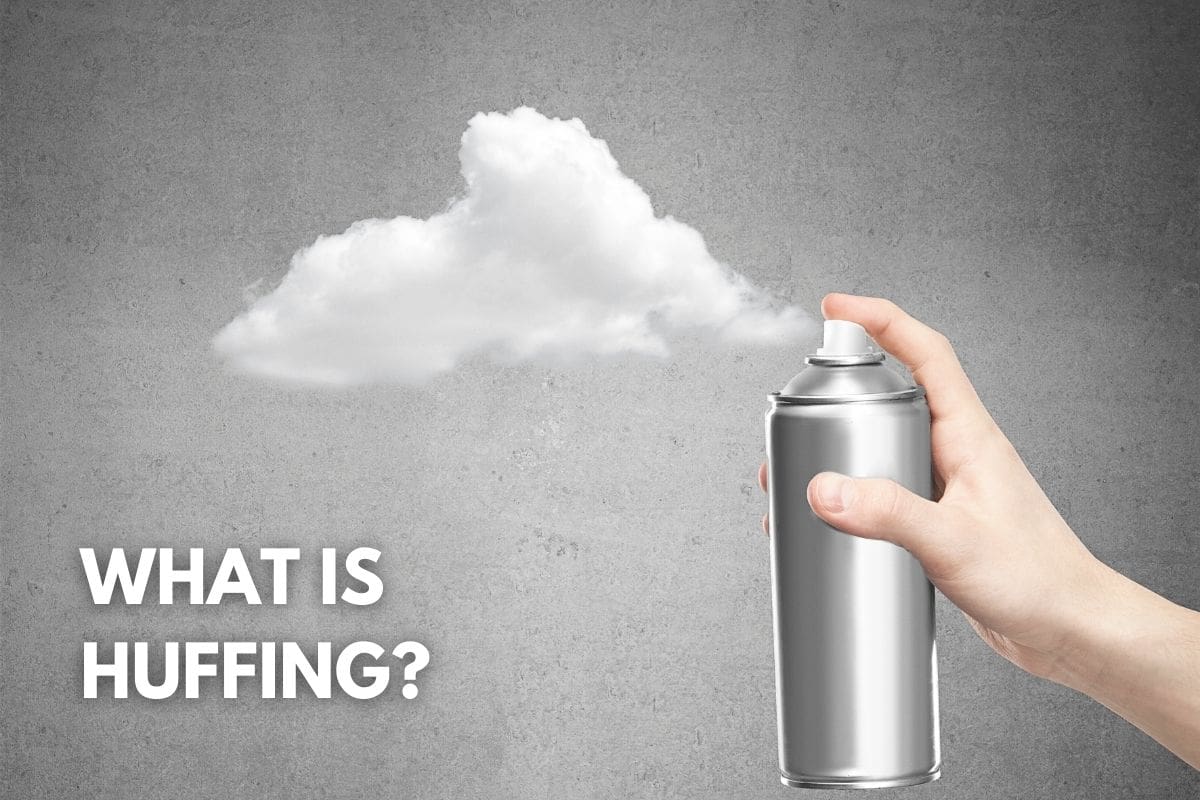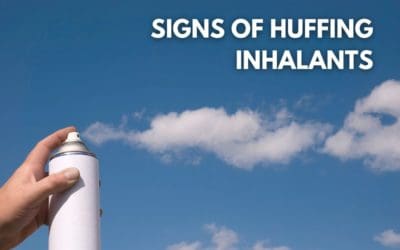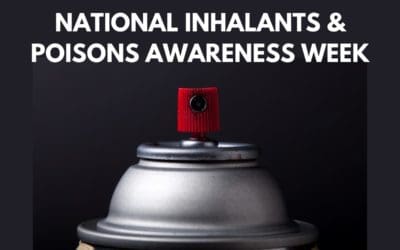Huffing is a type of substance abuse that involves inhaling fumes from common household substances, such as hair sprays and aerosols. More properly known as inhalant abuse, this practice is widespread among teenagers and young adults and comes with hazardous side effects.
What is Huffing?
Huffing is the process in which individuals inhale fumes to experience a distortion to their senses. It can be known by different names, but the inhaler’s primary goal is to get high. This altered state can be very short, which leads to repeated uses and can become an addiction.
This kind of substance abuse can be achieved with household products that can be easily obtained and are not as expensive as other drugs. For example, the toxic chemicals in paint provide a euphoric sensation that may make the user experience visions or hallucinate.
Side Effects of Huffing
Huffing and other forms of inhalant abuse can damage the body, making them extremely dangerous. When these substances are inhaled through the nose or the mouth, they can cause permanent damage to the brain.
Some most commonly used products for huffing are:
- Solvents: industrial or office supplies. Like paint thinners, lighter fluids, gasoline, and glue.
- Aerosols: spray paints, hair sprays, deodorant sprays, oil sprays.
- Gases: butane lighters, whipped cream aerosols, ether, chloroform.
- Nitrites: video head cleaners, room odorizers, liquid aromas.
Inhalants can cause long-term effects on a person, such as:
- Muscle wasting
- Reduced muscle tone
- Reduced strength
- Hearing loss
- Nerves damage
- Brain damage
- Liver or kidney damage
- Limb spasms
- Seizures
- Coma
- Heart failure
- Death
Why Do People Huff?
People get addicted to huffing because of the short-term effects these inhalants have on their brain activity. They produce similar effects to alcohol like euphoria, dizziness, slurred speech, making users feel light-headed and high.
Inhalants are often used by young teenagers since they can easily obtain these kinds of products. Spray paint is one of the most popular substances. Its intense euphoric rush wears off quickly and can lead to more abuse by young users. They could be unable to control their use despite knowing the harmful consequences inhaling has on their health. Young teenagers may require treatment to overcome their addiction.
What is Huffing Paint?
Huffing paint is inhaling the chemical content of paint. It can be sopped into a piece of cloth from the can. It can also be spray painted directly into a rag. Huffing paint is also the term generally used for other types of inhalant abuse.
Other terms used for the activity are bagging, sniffing, or spraying.
Most inhalants have a toxic chemical called toluene absorbed into the bloodstream, producing euphoric effects for users. That exciting rush is what makes the action so addictive for some people.
There are clear signs to check if you suspect that someone you know is huffing paint, like painting marks found on a person’s face. Other clues can be missing cans or if you see paint-covered rags and paper bags hidden or thrown away. Huffing paint can be hazardous if abused, leading to injuries and damage to the heart, lung, liver, brain, or kidneys.
Symptoms for huffing paint tend to be very similar to alcohol abuse. These include:
- Intoxication
- Slurred speech
- Drowsiness
- Dizziness
- Irritability
What is Huffing Enamel?
Most huffing users try to get high with anything they can find, like everyday household items. One of these items is nail polish remover or enamel. These supplies are used as inhalants by soaking a rag or pouring on the inside of a paper bag and breathing it in to get the mind-altering effects.
Inhaling these products can get users high for a short period and have hazardous effects on their health. It can turn this constant activity into an addiction that will require treatment to overcome. If you find someone you know huffing enamel, it’s recommended to intervene and seek professional help.
What is Huffing Glue?
Another household item that is easy to obtain and that people tend to use for huffing is glue. Glue is considerably cheap, readily available in plenty of stores, and it’s made of a mix of strong chemicals. It generates a dangerous level of addiction to users due to its substances that have psychoactive properties. Glue is usually sniffed or huffed directly from the opened can.
How Do You Huff Aerosol Cans?
Most aerosol cans are used for huffing. These include spray paint, hair spray, deodorant spray, or other hygienic products made with various chemicals that intensely affect users. The aerosol from the can is usually sprayed directly into the user’s open mouth or nose to get high.
Dangers of Huffing
If you or someone you know is huffing, know that euphoria, visions, hallucinations, and addiction are possible. Consider speaking with an addiction specialist to understand your drug misuse and consider addiction treatment if needed.
Sources:
https://www.drugabuse.gov/publications/drugfacts/inhalants
https://www.drugfreeworld.org/drugfacts/drugs/inhalants.html

































